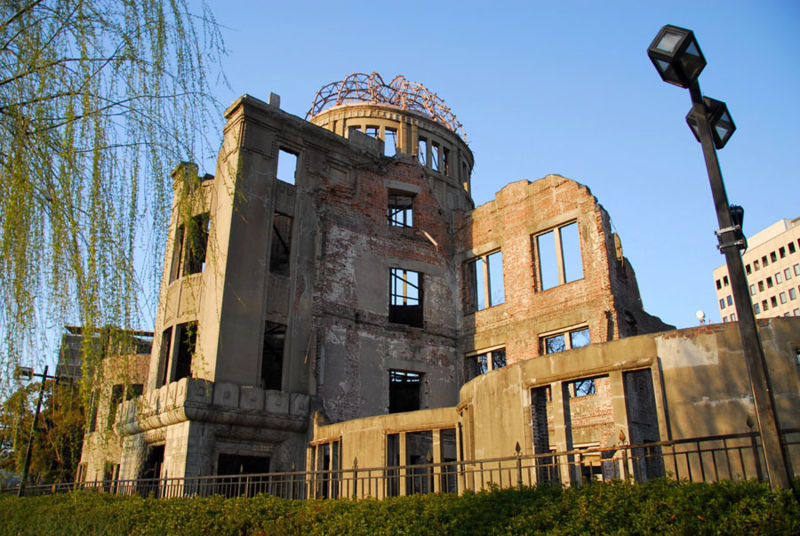Building a Curriculum of Remembrance
21 November 2012 - 6:18pm
 Remembrance should not be just a once-per-year assembly and moment of silence event, but woven deliberately into the everyday curriculum. Further, remembrance as an act of teaching and learning needs to be extended to all of the fronts and spaces where human conflict causes and precipitates death, destruction, relocation and other war-related consequences.
Remembrance should not be just a once-per-year assembly and moment of silence event, but woven deliberately into the everyday curriculum. Further, remembrance as an act of teaching and learning needs to be extended to all of the fronts and spaces where human conflict causes and precipitates death, destruction, relocation and other war-related consequences.
As a student of modern and classical European history I found the technology of battle interesting, and I found, as a teacher, there are many students and teachers who are interested in this aspect of human conflict. Yet, in my role as a teacher educator and novice curriculum theorist with interests in the critical and ethical purposes of education, I find this fascination troubling because of the ways such a technology focus erases the human dimesion, that people operate and are victims of such technology. Too much attention to the technology of killing diminishes the complexity of war and the understandings students need to develop to maximise peaceful possibilities for the present and future. While I do not believe that attention to the technology of war makes students and teachers into warmongers, I think pedagogic over-attention to this one aspect of human conflict comes at the exclusion of or indifference to so many other facets of war that students and teachers might be able to better relate to and understand.
The reality is that there are few real warmongers amongst us, especially among those who serve and have served in uniform. When we give so little of our year to engage in remembrance we, unfortunately, leave too many other days when we do not allow ourselves to remember or attend to the many dimensions of human conflict. Perhaps we do this for fear that we might become trapped in an unpleasant pedagogy of death and suffering. Yet, I think that more attention to the too often unexamined facets of war and human conflict might make this content very useful in helping student learn about and learn from these topics.
I believe that a rich pedagogy of remembrance might help teachers and students to better inhabit everyday curriculum by being honest with ourselves about the role war and human conflict play in the life-world we inhabit. Further, but no less important, the global conditions of today are the products of conflicts past and present. There are interesting, purposeful and good pedagogies of remembrance where students speak to veterans, visit cenotaphs, cemeteries and memorial, and dig trenches. Yet, students might benefit from conversations and experiential encounters in relation to how the lives of people similar to themselves are changed by war and human conflict. These could be driven by questions like:
- To what extent do students encounter the lives of children their own age who have experienced or lived through war and its consequences?
- How might students be better able to appreciate the similarities and differences between their own lives and those who have experienced war when they can compare and contrast their lives with the lives of children during war?
- How might the experience of rationing, recycling, and doing without the everyday comforts of peacetime impact our worldview?
- How does total war shape and impact the social and cultual fabric of a community?
- In what ways might the demonizing of an enemy or adversary change we the way we think of others and ourselves as human beings?
I belong to a school of thinking about teaching and learning that connects kids with the world they inhabit, seeking ways to help them tie what they are learning in schools to their own lives and to the communities they live in. While it is important to remember the lives of servicemen and women and battles that are woven into our national stories, it is critical to encounter an understanding of war and human conflict that is richer and deeper and offers students opportunities to develop and enhance their own capacities to be active and transformative citizens.
What strategies do you use to enrich students' understandings war and its consequences?
Photo: Gembaku Dome, Hiroshima, Wikipedia Creative Commons

